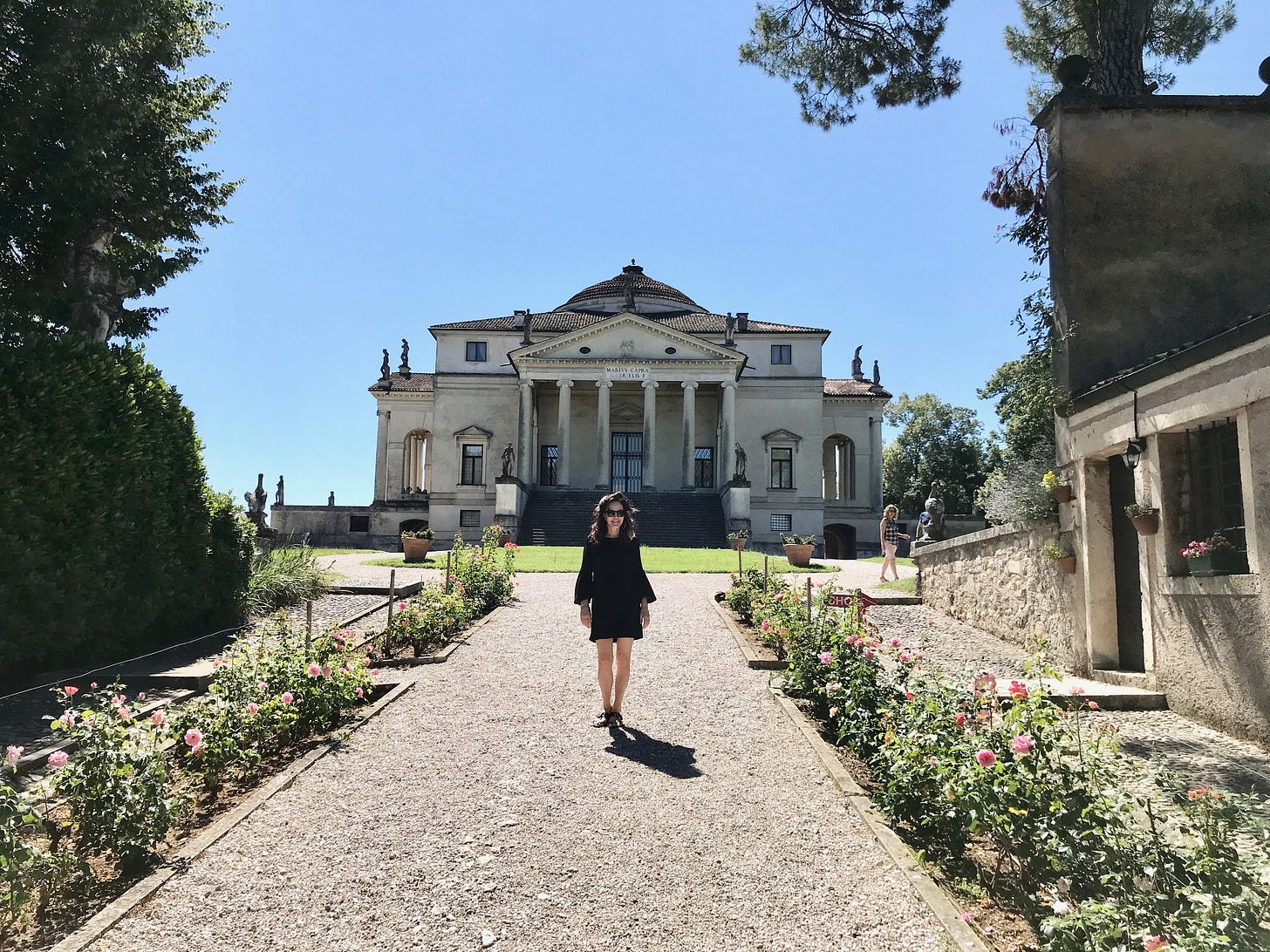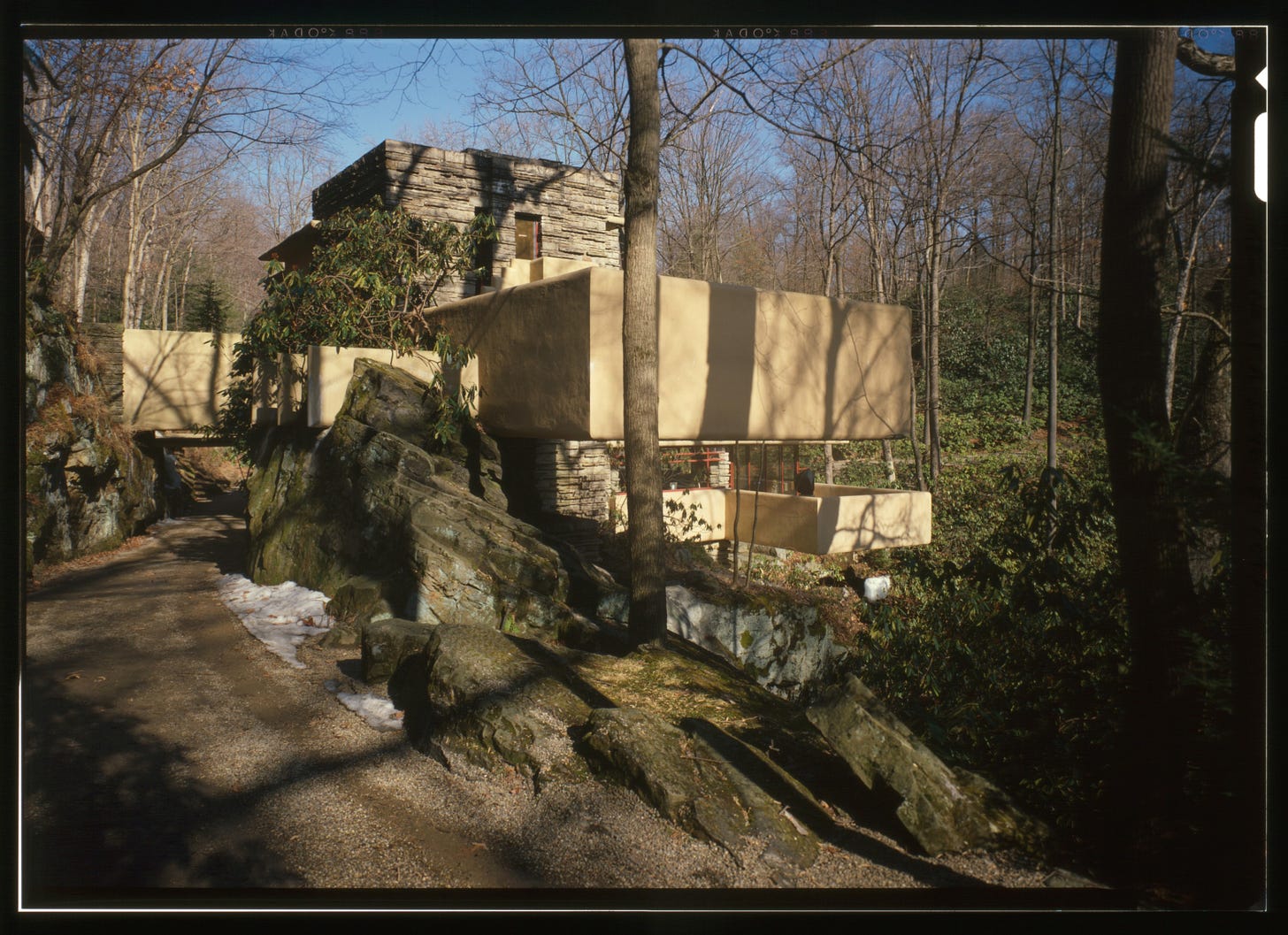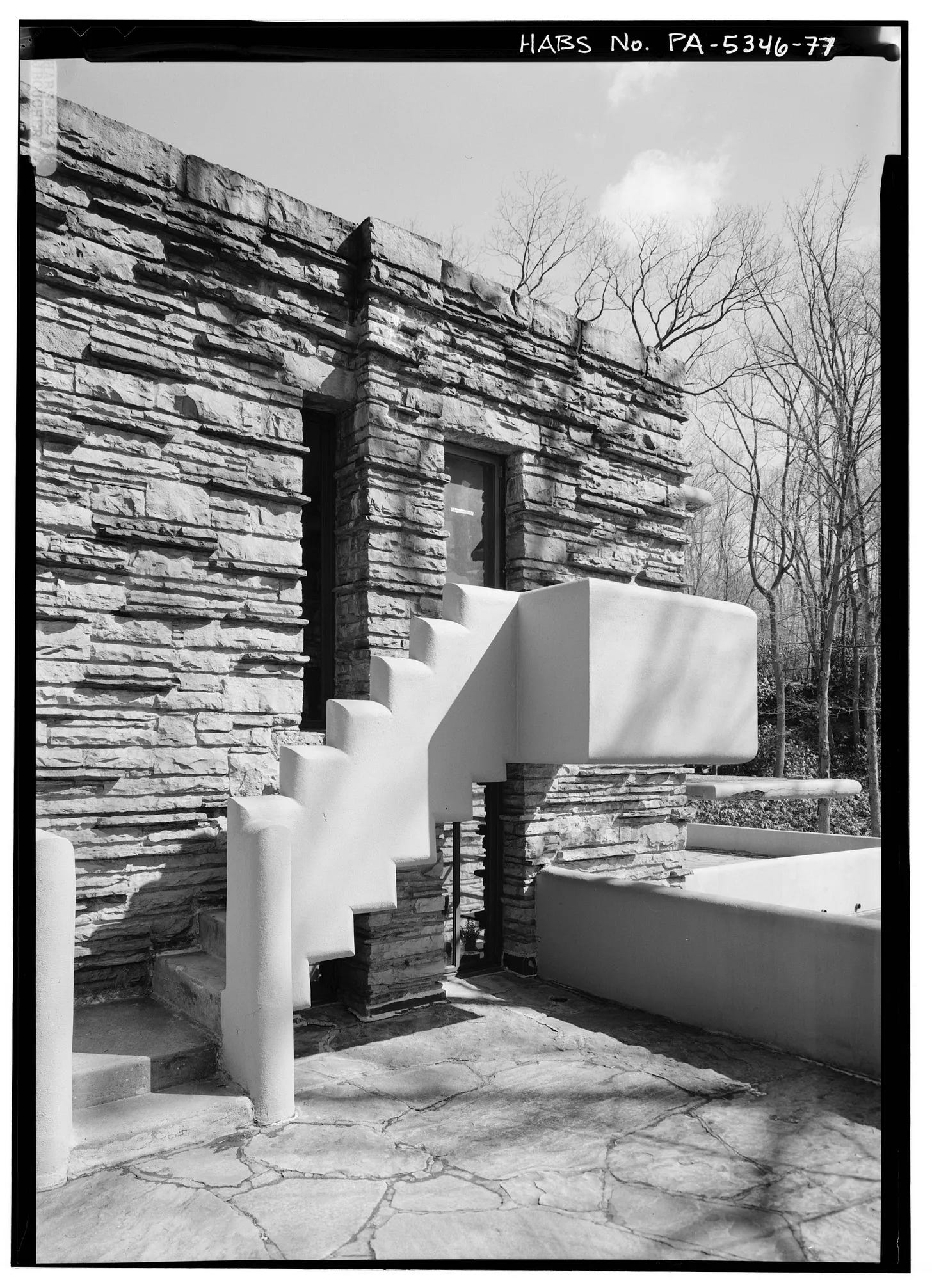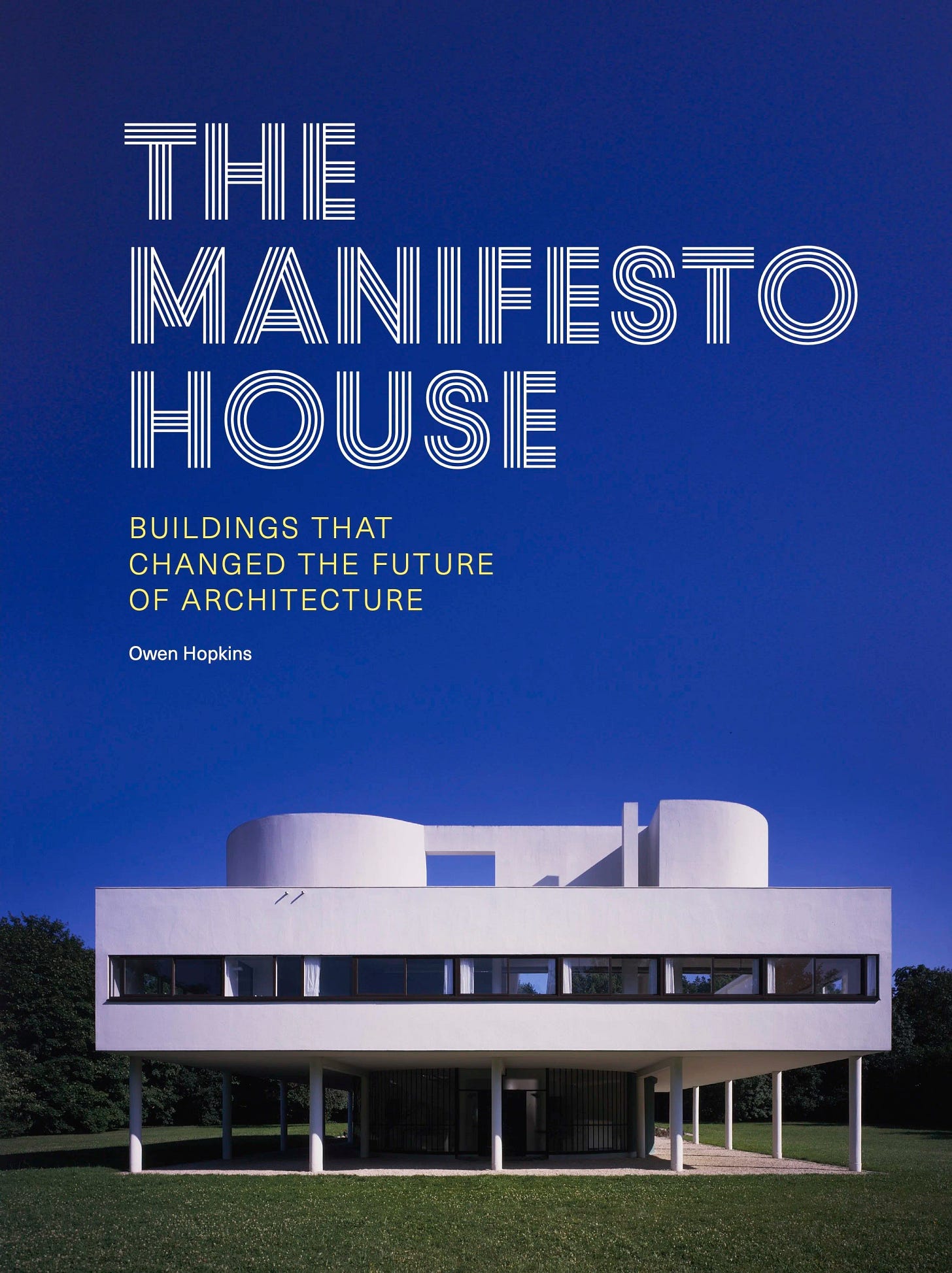The Manifesto House: Buildings That Changed the Future of Architecture
By Owen Hopkins
A ‘Manifesto’ is a document that outlines core beliefs and a power plan for future change and action, often used to advocate for political, artistic, or social change. “So just exactly what is Manifesto House?” I asked the curator, writer, and the Director of the Farrell Center at Newcastle University, Owen Hopkins, whose new and sensational book, The Manifesto House: Buildings that Changed the Future of Architecture, was recently published by Yale University Press.
“Manifesto houses,” he answered, “are those very rare houses that are not simply the reflection of prevailing ideas, methods or ideologies, but act as sites for innovation, for new ideas and new ways of doing things – whether structural, material, spatial or representational.” Manifesto houses, we learn from this fascinating book, are not simply beautiful, iconic, chic, or created by celebrated architects. They are, rather, structures conceived to reflect and to embody whole new agendas. They are the substantial expression of the art of architecture like no other. Aside from identifying the Manifesto House, Hopkins offers his readers new and inspiring ways of looking at architectural history, promoting us to think differently about design and leading us to identify the elements that make architecture great. He was my guest at the opening of the fall series, ‘Design and Architecture Masterpieces.’
For this beautifully illustrated volume, Hopkins selected a collection of twenty-one single-family houses—sensational manifestations of architecture spanning both centuries and continents. Each contains a superb vision; an embodiment of a significant idea related to design and the organization and distribution of physical spaces, and each, as suggested by the book’s title, has changed the future of architecture. Every house is an entire world which encompasses not only sites of architectural innovation and radical visions of how we live, but also the narrative of its time and the story of the people who lived in it. Some are influential and familiar iconic homes, which would naturally be included in every list of the most important houses of the 20th century – Fallingwater, Villa Savoye, E-1027, Villa Müller, Sir John Soane’s Museum, Farnsworth House—but many are more obscure. It is this balance between the expected and the unexpected that makes the reading interesting and unpredictable. Hopkins’ surprises make his list of his manifesto houses fresh and exciting.
Two examples of lesser-known houses that captured my own imagination are found in India and Australia. The Wall House, which Indian architect Anupama Kundoo built as her own residence in the utopian city of Auroville in Southern India in 2000, captures the concept of this ideal township, devoted to an experiment in human unity, founded in the 1960s. The program of the house infuses the experimental spirit and the freedom of Auroville, as the architect questions the boundaries between interior and exterior. While the domestic spaces are cocooned and private, the living areas are open to nature. When modernist Harry Seidler and his wife Penelope designed their own house in Sydney, Australia, in the 1960s, they devised an open-plan layout with large glass walls that brought the natural surroundings into the house. It is no wonder that some of the groundbreaking houses included in the Manifesto House were designed by architects to be their own residences—personal projects that serve as laboratories for their design ideas; places where they freely push boundaries and experiment with radical ideas without client restrictions; Louis Barragan, Lina Bo Bardi, Sir John Soane, Charles Jencks, Konstantin Melnikov, Eileen Gray, and Richard Rogers among them.
Rather than creating a chronological narrative of architectural history, typical of scholarly narration, Hopkins divides his subject into three categories:
1. Looking Back refers to those houses which grew out of an inspiration from the past, when architects reimaged traditions and devised them for the spirit of their own time;
2. Looking Out illuminates houses which are open to their surroundings; and
3. Looking Forward defines those houses which embody ideas for an architectural future.
These categories position the houses in fundamental perceptions that have existed throughout history. Through twenty-one gems, this fascinating book unpacks and summarizes much of the architectural progress, demonstrating that ‘reading’ history can enhance and expand our understanding and take our taste in the built world to new horizons.
Among the various dimensions and layers examined, particularly delightful are the stories behind the houses. The human aspect of architecture, crucial to becoming fully engaged with buildings, is integrated within the narrative of this book. The manifesto houses are signature, canonical houses that are provocative, memorable, and founded upon radical ideas. But they are also elitist, requiring an intellectual analysis to fully understand their greatness, because they are the product of multiple layers of methods, social, cultural, economic, and political notions. This is what the book offers its readers.








